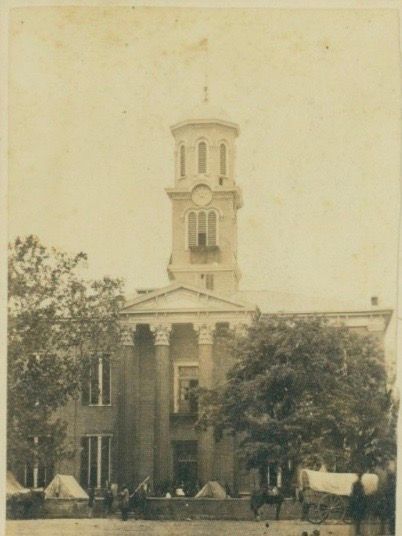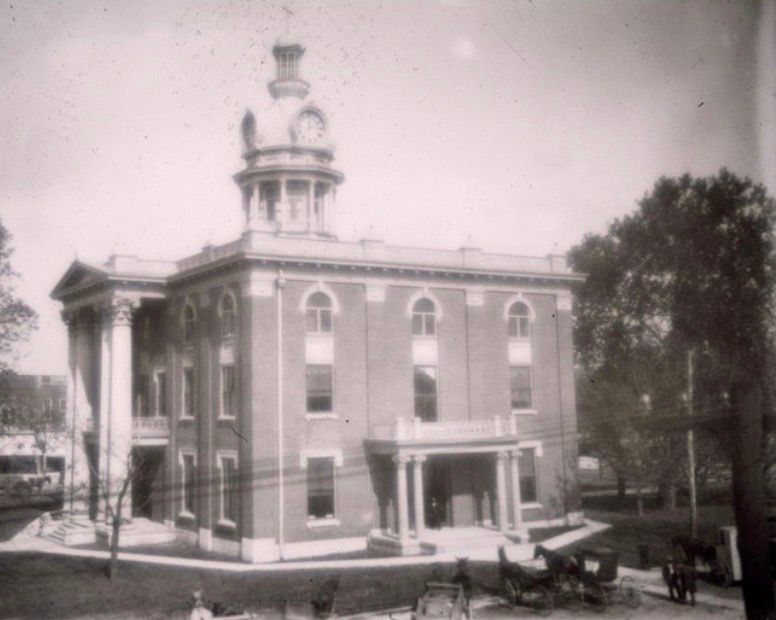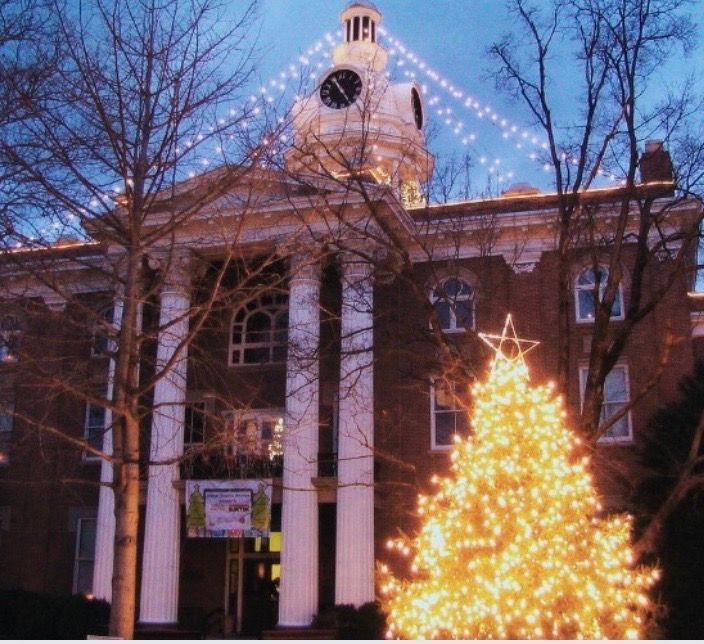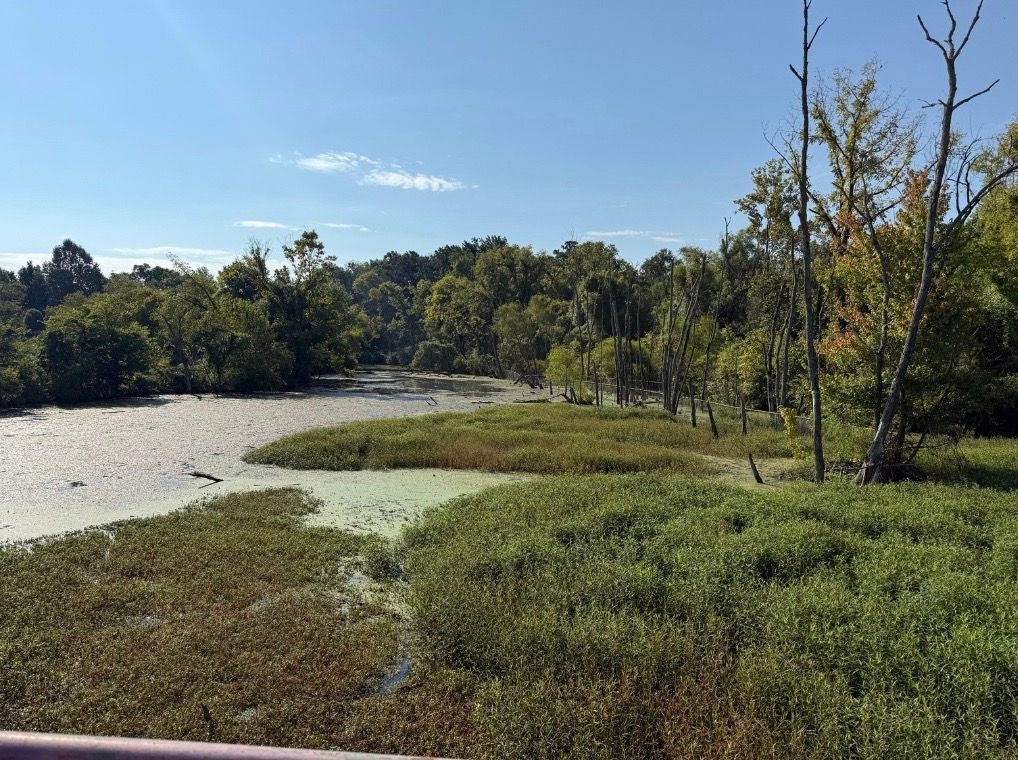The Historic Rutherford County Courthouse
The Historic Rutherford County Courthouse in Murfreesboro

The Rutherford County Courthouse is a landmark rich in history and significance. Recognized for its architectural beauty and storied past, it stands as one of only six pre-Civil War courthouses still standing in Tennessee. Listed on the National Register of Historic Places since 1973, this historic building has seen great changes, wartime struggles, and community memories over the centuries.
Early Days of the Rutherford County Courthouse
The story of Murfreesboro’s historic courthouse begins in 1813, when the original structure was built on the current site, along with a jail and other essential county buildings. This early courthouse played a vital role in the region’s development, serving as the main meeting place for Tennessee’s state lawmakers until 1822, making it an important hub of early governance and civic life. Unfortunately, that first building was destroyed by fire in 1822, leaving the town without a formal courthouse during the rebuilding process. During this period, the county continued its meetings in a local church, a practical solution while a new building was planned and constructed. The construction of the current courthouse in 1859 marked a significant milestone. Designed in a classical style, it reflected the growth and aspirations of Murfreesboro and Rutherford County. Although the town’s population declined somewhat after the state capital was transferred to Nashville in 1826, the courthouse remained a central and enduring fixture of the community, symbolizing its resilience and continuing importance in local life. This early history set the stage for the courthouse’s later role in pivotal Civil War events, community development, and its ongoing status as a historic icon in Murfreesboro today.
Civil War Era
The current Rutherford County Courthouse was constructed in 1859, designed by architect James H. Yeaman. With a cost of approximately $50,000, an enormous sum at the time, the building reflected the county’s growth and aspirations. Its most striking feature, the cupola, was intentionally designed to resemble Nashville’s Tennessee State Capitol, symbolizing civic pride and grandeur. In 1860, a new bell and clock tower were added, further enhancing its prominence and visual appeal. During the Civil War, the courthouse’s significance intensified dramatically. Initially, it was occupied by Confederate forces, under the command of General Nathan Bedford Forrest, in July 1862. Forrest’s troops arrived during a tumultuous period, and Murfreesboro became a key strategic location. Just over a year later, after the fierce Battle of Stones River (December 31, 1862 – January 2, 1863), the courthouse’s role shifted. It then served as Union headquarters and a facility for wounded soldiers, reflecting the battlefield’s proximity and the town’s strategic importance. One of the most dramatic moments in the courthouse’s Civil War history occurred when Forrest’s troops stormed the building, using axes to break through doors after a fierce fight, marking a pivotal Confederate victory in the area. The courthouse also housed prisoners, including those accused of espionage, making it a hub of wartime activity, tension, and shifting military control. The building stood at the crossroads of one of the fiercest campaigns in Middle Tennessee, witnessing battles, occupation, and the toll of war from its historic walls.
Today, the courthouse remains a testament to Murfreesboro’s turbulent Civil War history, bearing silent witness to its strategic importance and the conflicts that shaped the town’s past.
Modern History and Community Role
In 1913, a tornado barely missed causing catastrophic damage to the courthouse, with only minor harm to the clock tower. During World War II, the building played an important national role: on June 9, 1942, the courthouse broadcast the first statewide blackout at 9:00 PM to conserve energy, and it also served as a site for air raid alarms. The surrounding town square was used for military training exercises, supporting the war effort and demonstrating the courthouse’s importance as a community hub during difficult times. In the 1960s, wings were added to the original 1859 structure to accommodate the increasing needs of county government. Despite these expansions, the courthouse faced a crucial moment in its history when it was nearly demolished, to make way for urban development. Fortunately, public outcry and preservation efforts saved the historic building, recognizing its significance as a symbol of Murfreesboro’s past. Throughout the early 20th century, the courthouse also became a focal point for the women’s suffrage movement. Local women organizers held rallies and marches on the courthouse square, advocating for their right to vote. Their efforts contributed to the eventual ratification of the 19th Amendment in 1920, expanding democracy in Rutherford County and across the nation. The courthouse remains a historic site that symbolizes progress, community spirit, and the ongoing story of civil rights. In recent years, the courthouse’s interior was meticulously renovated in 1998 to restore its original 19th-century charm, preserving its architectural beauty for future generations. Though it no longer hosts county court proceedings, those have been held in the new Rutherford County Judicial Building since 2018, the building continues to serve as a proud historic landmark, embodying Murfreesboro’s rich history and resilient spirit.
Legends and Monuments
Local legends tell of tunnels beneath the courthouse, perhaps for escape routes or bank transfers, but no tunnels have been confirmed and documented. There has been a lot of even recent talk of a tunnel from a bank to the courthouse but as far as I know there hasn't been documentation of it, to my knowledge only small underground structures like drainage pipes have actually been confirmed. The courthouse’s grounds are dotted with monuments and memorials, including a Confederate monument erected in 1901, and markers commemorating Murfreesboro’s history as a former state capital. Other monuments honor Revolutionary War General Griffith Rutherford, law enforcement officers lost in duty, and the soldiers of Forrest’s Raid. Recent memorials, like the 2011 monument by the Sons of Confederate Veterans, honor local veterans who served in the Army of Tennessee.
A Different Kind of Legend
The Legend of The Human Fly at Rutherford County Courthouse
One of Murfreesboro’s most enduring ghost stories centers around the tragic tale of The Human Fly, who met his fate climbing the historic courthouse in 1923. That summer, a young man known only by this stage name appeared in town, claiming he would scale the courthouse using only his hands and feet. The event was a draw for a large crowd eager to watch the daring stunt, with the town’s only fire truck spotlighting his ascent. He reached the top of the clock tower and waved to the crowd in triumph. But as he began his descent, a misting rain made the surface slippery. He lost his grip and fell from the roof, dying instantly from the impact. His body was taken to a funeral parlor, propped in a glass coffin with a sign asking, “Do you know me?” but he was never identified. Buried in an unmarked grave in Evergreen Cemetery, the young climber’s true identity remains a mystery although some believe he was James Dearing, a WWI veteran who turned to vaudeville and risky stunts. Local legend holds that his spirit still haunts the courthouse, especially on stormy nights when a shadowy figure in old clothing is said to ascend the building in a ghostly re-enactment of his last climb. For decades, stories tell of ghostly footsteps, mysterious sounds, and sightings of a figure climbing the courthouse stairs or appearing near the clock face. Despite the passing years and lack of physical evidence, many locals and visitors believe that the restless spirit of The Human Fly still lingers, forever tied to the fateful night of his climb and fall.
The Historic Courthouse Today
Rutherford County Historic Courthouse Museum
Located in the ground floor of the historic Murfreesboro courthouse, the Rutherford County Historic Courthouse Museum is a free, educational institution partnering with the Rutherford County Archives, Middle Tennessee State University, and the Tennessee Civil War National Heritage Area. Open Monday through Friday, 8 a.m. to 5 p.m., it showcases over 200 years of county history through exhibits, photographs, and archival items that depict Rutherford County's growth from Native American hunting grounds to modern development. The museum features five exhibit rooms that tell the story of early settlement, Civil War battles, including the courthouse's capture and the county’s evolution, emphasizing the experiences of African Americans and other local citizens. Exhibits highlight influential figures like Dr. Carl Adams, founder of Murfreesboro Medical Center and NHC Healthcare, and Marshall Keeble, a renowned African American preacher who bridged racial divides through his sermons. Artifacts include handmade quilts, furniture made by local craftsmen and enslaved artisans, and World War II memorabilia. The museum also explores Murfreesboro’s history as once Tennessee’s capital and the community’s contributions to business, education, and medicine. Visitors can request guided tours for groups of 10-50 and are encouraged to explore the surrounding memorials, landmarks, shops and restaurants on the square. If you're looking for things to do for a few hours in Murfreesboro this is a great idea. For more information or to donate artifacts, contact the Rutherford County Archives at 615-867-4609.
Rutherford County’s Historic Sycamore Tree: A Community Legacy Comes to an End
The iconic sycamore tree at the southeast corner of the Rutherford County Courthouse, estimated to be 179-184 years old, was removed in November of 2024 due to its declining health. Originally planted around 1850 by the Miller family, it was the last of four trees that once marked the courthouse corners. This sycamore had silently witnessed Murfreesboro’s transformation over nearly two centuries. When planted around 1850, Murfreesboro was a small, agriculturally driven town, and the tree marked the bustling civic heart of the community. It stood through the Civil War, witnessing fierce battles, troop movements, and occupation. The courthouse itself was pivotal in the conflict, initially occupied by Confederate forces in 1862, then by Union troops after the Battle of Stones River in 1863, with the tree overseeing these tumultuous events. Following the war, Murfreesboro slowly rebuilt, growing into a regional center of trade and education. The tree remained a central fixture amid expanding civic and economic activity. It saw the advent of modernization, telephones, automobiles, infrastructure, and the courthouse was expanded in the 1960s, yet the sycamore endured as a symbol of stability and history. Its presence reflected the town’s resilience amid change. Considered a living symbol of the city’s legacy, preservation efforts by expert arborist, known as the “Tree Whisperer,” attempted to revive it. However, harsh weather conditions over so many years proved insurmountable. The community recognized the tree’s deep significance as a symbol of resilience and history. Before its removal, efforts were made to preserve its genetic material through grafting, with a genetically identical replacement planned for planting in 10-12 years. Salvaged wood from the tree will be crafted into museum furniture. While the physical tree will be missed, its legacy continues as Rutherford County works to preserve its symbolic importance for generations to come.
The rich history of the Rutherford County Courthouse reflects the enduring spirit of Murfreesboro, one that values its past while embracing growth and progress. As the city continues to develop, properties surrounding this historic landmark remain desirable, offering residents the opportunity to live in a community that honors its heritage while enjoying modern amenities. If you're considering making Murfreesboro your home or investment property, I’m here to help. Call me, Courtney Isbell, at 615-617-9937, and let’s find the perfect place for you to become part of this vibrant, historic community.
Murfreesboro Real Estate
Buying and Selling in Murfreesboro
Rutherford County Real Estate
Murfreesboro Realtor
Real Estate Communication
Murfreesboro Real Estate Questions
Murfreesboro Square






